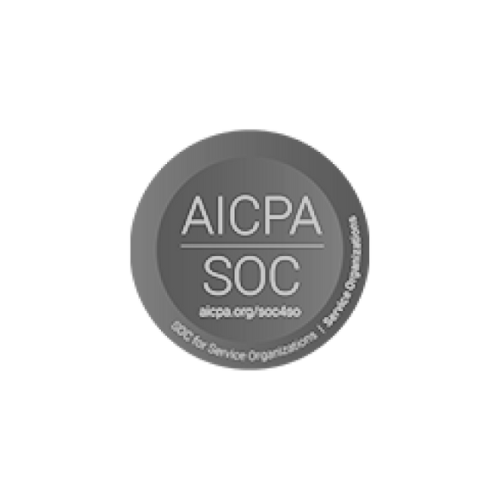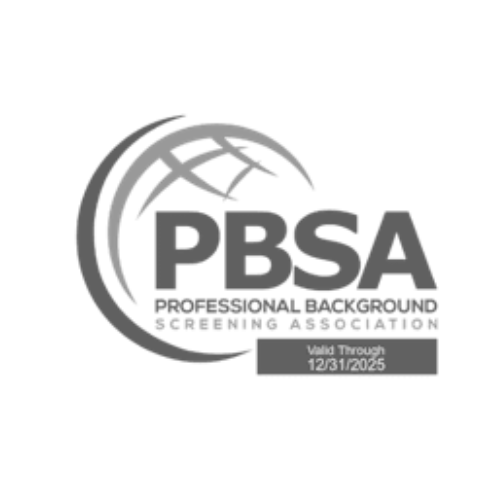Compliance Isn’t Optional—But It Doesn’t Have to Be Overwhelming
If you’re hiring in healthcare in 2025, you’re not just recruiting talent. You’re navigating a regulatory labyrinth that keeps getting more intricate. From federal watchdog lists to evolving state-level licensing mandates, the compliance landscape is dense, fast-changing, and unforgiving.
And the stakes? High. A single misstep can mean fines, patient safety issues, or damage to your organization’s reputation. But here’s the good news: with the right framework, you can stay ahead of compliance without slowing down your hiring velocity or overburdening your HR team.
This guide lays out a tactical approach to managing healthcare hiring compliance that actually works in real-world conditions—whether you’re a major hospital system or a growing specialty clinic.
Part 1: Know Your Core Compliance Anchors in 2025
OIG Exclusion List and SAM.gov
No healthcare hire should make it past screening without being checked against the Office of Inspector General (OIG) exclusion list and SAM.gov. These databases track individuals and entities barred from participating in federally funded healthcare programs.
- Best practice: Run automated checks on both databases before onboarding and regularly thereafter.
- Pitfall to avoid: Relying on one-time checks or manual audits—these leave gaps.
State-Specific License Verifications
Licensure requirements vary dramatically by state and specialty. Some states now require real-time validation through state APIs, others still rely on faxed verifications.
- Best practice: Maintain an up-to-date matrix of state requirements by role.
- Tactical tool: Use credential management platforms that sync with state boards and flag renewal timelines.
Background Checks: More Than Criminal Records
A comprehensive background check for healthcare roles should include:
- Identity verification
- Education and degree validation (watch out for diploma mills)
- Employment history
- Criminal records (state, federal, and sex offender registry)
- Sanctions, disciplinary actions, and malpractice history
- Note: Many states now require fingerprint-based checks for direct patient care roles.
Part 2: 2025 Compliance Shifts You Can’t Ignore
1. Digital Credentialing Requirements
More states are accepting or requiring digital license credentials that can be instantly verified. These reduce fraud risk but require systems capable of accepting digital proofs.
- Action: Update your document collection workflows to support digital credentials.
2. Enhanced Privacy and Data Handling Rules
With the expansion of laws like HIPAA 2.0, CPRA, and India’s DPDP Bill, the handling of candidate data during the hiring process is under increased scrutiny.
- Key compliance areas:
- Consent for background and credential checks
- Secure storage and transmission of sensitive documents
- Candidate access and correction rights
3. Ongoing Workforce Monitoring Mandates
It’s not enough to verify at hire. Regulatory bodies increasingly expect continuous license monitoring and sanctions alerts.
- Recommendation: Partner with background check providers that offer monthly or real-time rechecks for credentials and exclusion lists.
Part 3: Common Pitfalls That Put Organizations at Risk
– Assuming One-Size-Fits-All Compliance
Different roles have different requirements. RNs, lab technicians, physicians, and behavioral health providers all fall under separate scrutiny.
- Solution: Build role-based compliance checklists and automate where possible.
– Poor Documentation and Audit Trails
Can you produce a timestamped verification trail for a license check from two years ago? If not, you’re exposed.
- Tip: Use platforms that maintain tamper-proof logs of verification events.
– Over-Reliance on Manual Processes
Manual checks fail. Period. They miss expiration dates, miss database updates, and overburden teams.
- Fix: Automate repetitive tasks and free up HR for high-value review work.
Part 4: A Tactical Framework for Compliance-First Hiring
- Pre-Hire Checklist (role-specific):
- ID check
- OIG + SAM check
- License verification
- Education validation
- Sanctions and criminal background
- Day-One Verification Review:
- Confirm clean results
- Verify current license status
- Log timestamped verification data
- Ongoing Monitoring Plan:
- Monthly OIG/SAM rechecks
- License expiration alerts
- Background rescreens as required by state or facility
- Audit Preparation Protocol:
- Keep digital files with access logs
- Ensure evidence of candidate consent
- Maintain a version-controlled compliance SOP
Make Compliance a Competitive Advantage
Compliance doesn’t have to slow you down. When done right, it actually builds trust with patients, attracts higher quality candidates, and reduces organizational risk.
The trick is not waiting for audits or fines to act. Build a verification framework that’s proactive, role-specific, and tech-enabled. The complexity is real, but with the right systems and structure, so is the opportunity.
Healthcare hiring in 2025 demands more than good intentions. It demands strategic execution—without the headaches.
















